USB Direct Cable
Connection
Introduction
Serial and Parallel Direct
Cable Connections are considered to be a bit "old
fashioned" these days.
USB Direct Cable Connection
(DCC), on the other hand,
belongs in the "new fashioned" category :) USB DCC
is a few years old, but because most people would
use their network card to transfer data, the DCC
hasn't been very well known for the USB port, but
does exist.... and the catch is that
you can't make it, but you
must buy it ! But don't
be tempted to leave the page just as yet, there is a
lot of information on USB which is always good to
know. Keep reading .... :)
Let's have a closer look and see what it's all about
!
About USB
USB stands for Universal Serial Bus. Most
peripherals for computers these days come in a USB
version. The USB port was designed to be very
flexible and for this reason you are able to connect
printers, external hard drives, cdroms, joysticks,
scanners, digital cameras, modems, hubs and a lot of
other cool stuff to it.
The Universal Serial Bus gives you a single,
standardized, easy-to-use way to connect up to 127
devices to a computer. The 127 number is a
theoretical number :) In practice it's a lot less !
The devices you connect can even power through the
USB port of your computer if they draw less than
500mA, which is half an Ampere (I). A good example
is my little Canon scanner, it only has one cable
which is used to power the scanner up and to
transfer the data to the computer !
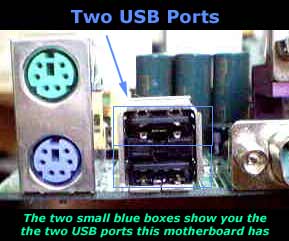
Currently there are 2 versions of the USB port, the
initial version which is USB v1.1 and the newer
version USB v2 which has hit the market since the
end of 2001. Most people have computers and devices
which use the first version, but all new computers
will now come with USB v2. This new version of the
USB port is backwards compatible with the older
version and also a lot faster.
The table below compares the two USB ports so you
can see the speed difference:
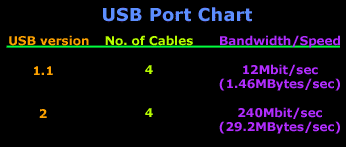
Keep in mind that when you're
using a USB DCC cable, you won't get such great
speeds, but somewhere around the
500KBytes/sec.
This also depends on the type
of CPU, O/S, the quality of the cable and electronic
components and protocols running on your system.
Another thing which you should keep in mind is the
Windows operating system that supports the USB port:
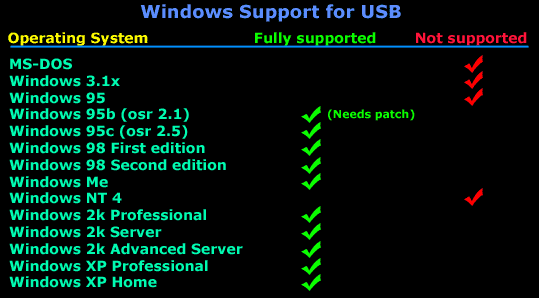
The USB Cable
The USB standard uses A and B connectors to avoid
confusion. "A" connectors head "upstream" toward the
computer, while "B" connectors head "downstream" and
connect to individual devices. This might seem
confusing to some, but it was designed to avoid
confusion between consumers because it would be more
complicated for most people to try and figure out
which end goes where.
And this is what the USB cable and connectors
actually look like:
 
As mentioned earlier, the USB port can power certain
devices and also transfer data at the same time. For
this to happen, the USB port must have at least 4
cables of which 2 are for the power, and 2 for the
data.
The diagram is to help you understand what the cable
contains:
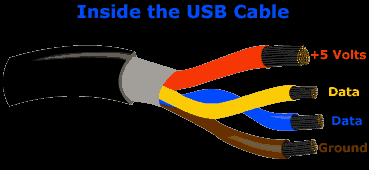
The USB DCC (Finally :) )
As I mentioned in the
introduction of this page, the USB DCC cable cannot
be made, because it requires special electronic
circuits built around the cable.
Parallel Technologies
manufacture USB DCC cables and they call it the
"NET-LinQ":
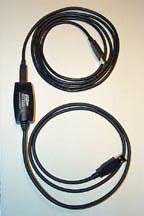 .......................... ..........................
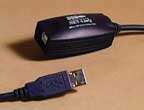
The USB DCC cable can also be used to connect a
computer to your network. The way it works is pretty
simple. Assuming you have Computers A, B , C and D.
Computer A, B and C are connected via an Ethernet
LAN and Computer D hasn't got a network card to
connect to the network. Using the NET-LinQ or other
similar cables you can connect Computer D with any
of the other 3 computers as long as they have a USB
port, then by configuring the network protocols on
Computer D, it will be able to see and connect to
the rest of the network !
This completes the discusion about USB Direct Cable
Connection. |
